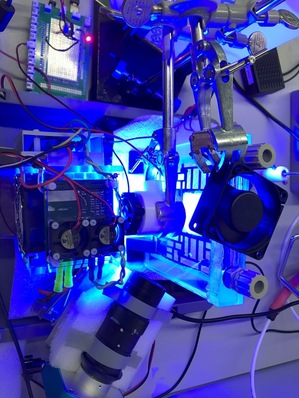Libra Horizon, a joint venture between Scandinavian Horizon and EnBW Sweden, has selected Trollhättan as the site for its first green hydrogen project. The town is located about 75 km north of Gothemburg. The planned electrolyser will have a capacity of 5 megawatts. At full operation, it is expected to produce up to 775 tonnes of green hydrogen annually. According to the company, this could reduce CO₂ emissions by more than 9,000 tonnes per year.
The hydrogen will be supplied to both industrial users and the transport sector – two areas considered particularly difficult to decarbonize.
Waste heat integration and grid flexibility as key site advantages
A key reason for choosing Trollhättan is the integration into the local energy system. The municipal utility Trollhättan Energi will feed the waste heat from hydrogen production into the city’s district heating network. This is intended to make the facility part of a broader, sustainable energy system.
“Launching our first project in Trollhättan is a deliberate choice. The city has an energy utility that dares to innovate and a municipality that leads with ambition. Together, we can show how hydrogen can become an integrated part of a resilient and sustainable energy system,” said Mads Miltersen of EnBW Sweden.
Trollhättan Energi also sees the project as a step toward a more flexible and future-oriented energy system. “The key is flexibility and the ability to adapt quickly to new conditions. In doing so, we build a stable infrastructure, enable more renewable energy, and contribute to Trollhättan’s continued development,” said Pia Brühl Hjort, CEO of Trollhättan Energi.
Flexible operation to support grid stability
Another feature of the planned facility is its flexible operation. The electrolyser will use available grid capacity that is typically difficult to match with conventional customers. This approach is intended to enable cost-efficient hydrogen production without displacing other users or future developments. At the same time, it supports the integration of renewable energy and contributes to overall grid stability.









